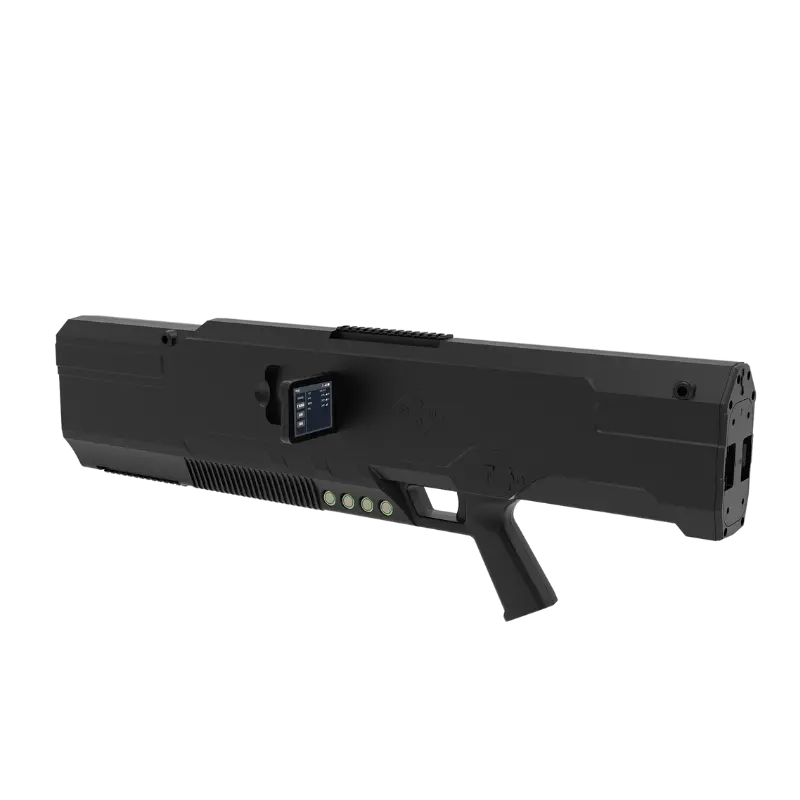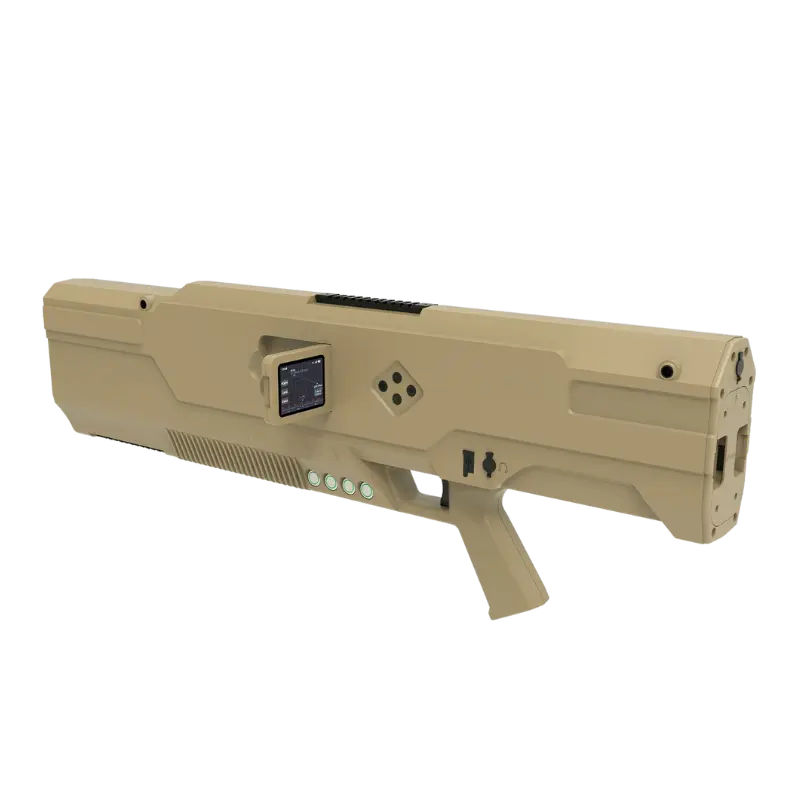Anti-Drone Guns: Working Principles and Main Types
In today’s rapidly advancing technological landscape, drones have become indispensable in photography, surveillance, logistics, and even military operations. However, their proliferation has heightened safety and privacy concerns. How do we safeguard our skies from this escalating drone technology? This article delves into the working principles, types, and vital role of anti-drone guns in modern society.

Overview of Drones
As technology advances, drones have become more compact, affordable, and easy to operate. This accessibility means drones are not only used legitimately but can also be employed for improper purposes, such as illegal reconnaissance, privacy invasion, and security threats. Consequently, developing effective anti-drone technology is crucial for protecting public and personal safety.
Working Principles of Anti-Drone Guns
Anti-drone guns, also known as drone jammers or interference guns, operate by emitting specific frequency electromagnetic signals that disrupt the drone’s communication systems, forcing it to land or return to its starting point. These devices target the drone’s remote control signals, GPS signals, and other navigation systems, effectively preventing the drone from entering no-fly zones or engaging in unauthorized activities.

9 Types of Anti Drone Weapons
Anti drone technologies and countermeasures have become the most important tools on the modern battlefield, and the outcome of conflicts increasingly depends on the advantage of these systems.
Main Types of Anti-Drone Guns
1. Handheld Anti-Drone Guns: These portable devices are suitable for mobile interference, particularly useful for security personnel at important events or venues.
2. Fixed Anti-Drone Systems: Designed for long-term monitoring of fixed areas, such as prisons, government facilities, or airport perimeters, these systems automatically detect and jam drone signals.
3. Directed Energy Weapons: These systems emit precise energy beams (such as microwaves) that directly damage the drone’s electronic systems, causing it to lose control.
Choosing the Right Anti-Drone Gun
1. Application Scenario: Determine the size and type of the area needing protection, such as private residences, public event spaces, or critical infrastructure.
2. Jamming Distance: Select an appropriate jamming range based on the size of the protection area.
3. Legal Regulations: Understand local laws and regulations regarding anti-drone technology to ensure legal compliance.
4. Budget and Maintenance: Consider the budget for purchasing and maintaining the equipment, as well as ongoing technical support.
Legal and Ethical Considerations of Anti-Drone Guns
When utilizing anti-drone technology, legal and ethical issues cannot be ignored. Different countries and regions have varying laws regarding drone interference. Therefore, it is essential to understand and comply with local regulations to avoid legal disputes.


